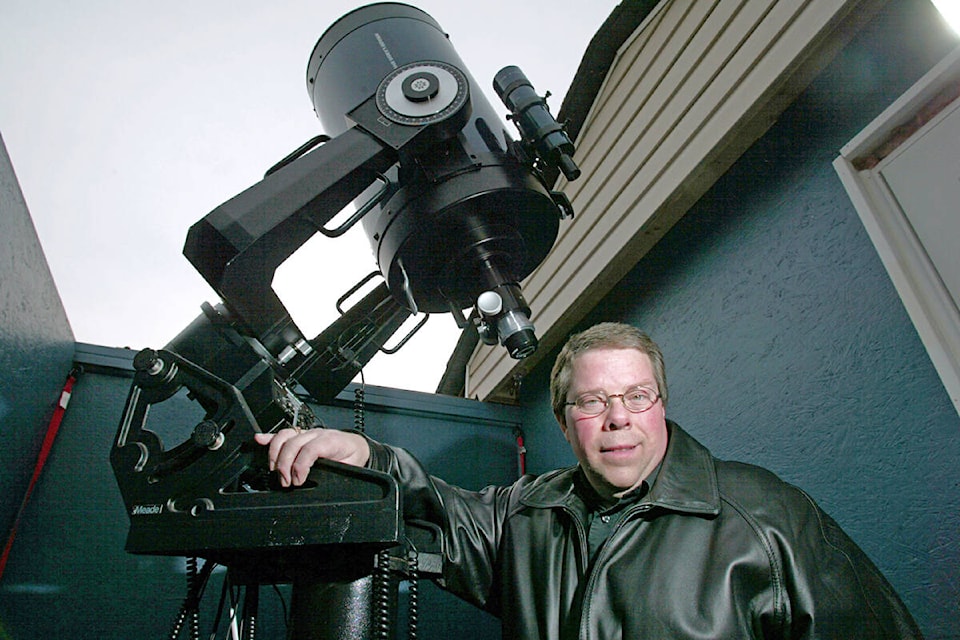On April 8, the long-anticipated total solar eclipse will be upon us. Standing on a specific 185-kilometre-wide path will result in witnessing the moon completely cover the sun, and viewers on this path will experience a maximum of three to four minutes of totality.
This path starts in Mexico and then continues over the border through Texas, Arkansas, Missouri, Illinois, Indiana, Ohio, Pennsylvania, New York, and Vermont, ending in Maine. In Canada, residents in parts of Ontario, Quebec, New Brunswick, P.E.I., and Newfoundland will also witness this amazing event. For the rest of Canada and the United States, only a partial eclipse will be seen. Although favoured in the east, even Vancouver will see 17 per cent of the sun covered at the maximum.
Never look at the sun without a solar filter. When purchasing certified eclipse glasses, always buy from a reputable telescope dealer (but many are selling out). Never use a do-it-yourself hack seen online, as this could be a recipe for eye damage, if not blindness. Sunglasses are great when driving, walking, etc., but should never be used to look directly at the sun. If eclipse glasses cannot be found, a piece of number 14 welder’s glass can also be used.
When using a telescope, binoculars, or camera, always place the filter in front to reduce the sun’s glare before it is magnified or imaged. Never place a filter behind the eyepiece, as the concentrated solar beam acts as a laser and melts the filter and unfortunately your eye. You will also damage or melt your camera or smartphone sensor.
If a solar filter or welder’s glass is not available, you can use a simple spaghetti or vegetable strainer or virtually anything with small round holes. Hold the kitchen tool about a foot off the ground and look at the projection of numerous semi-circles as the moon moves in front of the sun. You can then take a picture of the projection safely, as you are not looking directly at the bright solar disk. A pinhole camera made from a cereal box is a great project with children. Plans can be found online.
Many public viewing events with dedicated astronomers using solar telescopes will be planned, so check your area for these gatherings. This is a great opportunity to look through telescopes and learn about the sun.
Once the moon completely covers the sun along the eclipse path it will be safe to look at. Even though solar filters and solar telescopes are designed to examine the surface of our daytime star, the outer corona is only observed with human eyes during totality. This will appear as a halo around the sun. Look for the bright planet Jupiter up at the eleven o’clock position, and Venus down at five o’clock. Be aware of how long the totality is listed for your area to know when to hold up the filter before the bright sun emerges from behind the moon.
With the above-mentioned safety precautions and a little luck in the weather, this will be a moment in time that you will never forget. Feel free to email me your questions via my website.
Clear skies!
Known as “The Backyard Astronomer”, Gary Boyle is an astronomy educator, guest speaker, and former monthly columnist for the Royal Astronomical Society of Canada, as well as a STEM educator. In recognition of his public outreach in astronomy, the International Astronomical Union has honoured him with the naming of Asteroid (22406) Garyboyle. Follow him on Facebook and at his website, www.wondersofastronomy.com.
